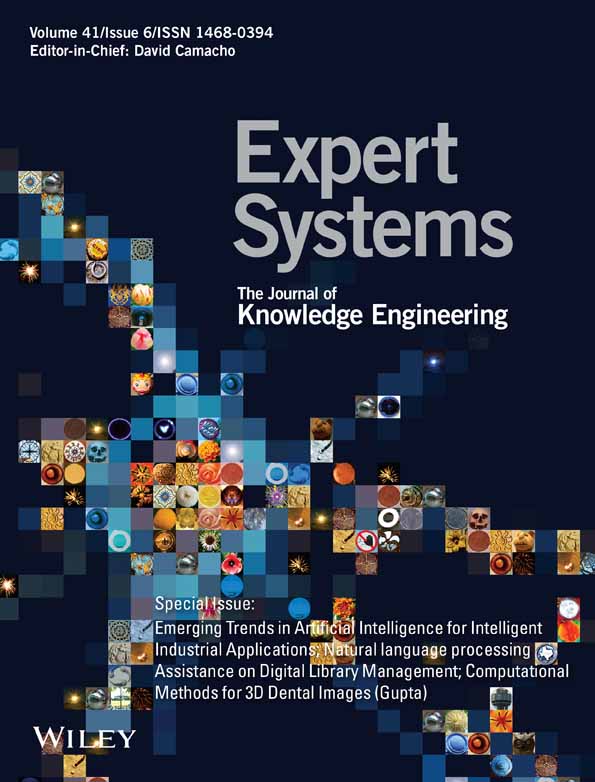An efficient direction-of-arrival estimation of multipath signals with impulsive noise using satin bowerbird optimization-based deep learning neural network
Abstract
There exist numerous multi-path signals with impulsive noise (IN) in a multi-path propagation environment. The direction-of-arrival (DOA) is highly challenging to be assessed because of the strong IN. For various military along with civilian applications, DOA estimation has turned into a hopeful technology. But, estimating DOA for multipath signals with IN environments is extremely complicated. A desirable output is not attained by several existent techniques, namely subspace-centric approaches, maximum likelihood techniques, along with sparse representation-centric methods, for DOA assessment. Therefore, an effective satin bowerbird optimization-based deep learning neural network centered DOA estimation upon single snapshots is proposed in this paper for attaining robust and precise DOA estimation in multipath and IN environments. An arbitrary array configuration is employed by utilizing the proposed work as an input signal for establishing the received signal's model. Pre-processing, time-frequency domain conversion, feature extraction, feature reduction and DOA estimation are the proposed method's 5 disparate stages. To evince the proposed model's efficacy, its outcomes are analogized with other prevailing techniques regarding some performance metrics. The proposed model attains the root mean square error of 0.6484366-AZ and 0.6484366-EA, root mean squared percentage error (RMPSE) of 4.636107-AZ and 5.628599-EA and probability of resolution of 0.967999-AZ and 0.962841-EA, which are extremely less when compared to the prevailing methods; thus, depicting the superiority of the proposed model for an effective DOA estimation.
CONFLICT OF INTEREST
The authors declare no conflicts of interest.
Open Research
DATA AVAILABILITY STATEMENT
Data sharing not applicable to this article as no datasets were generated or analysed during the current study.




